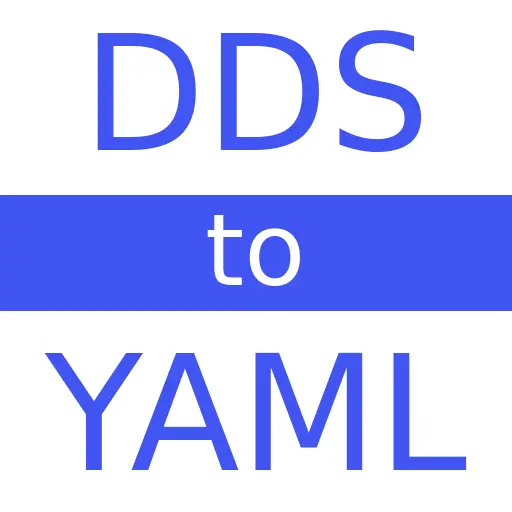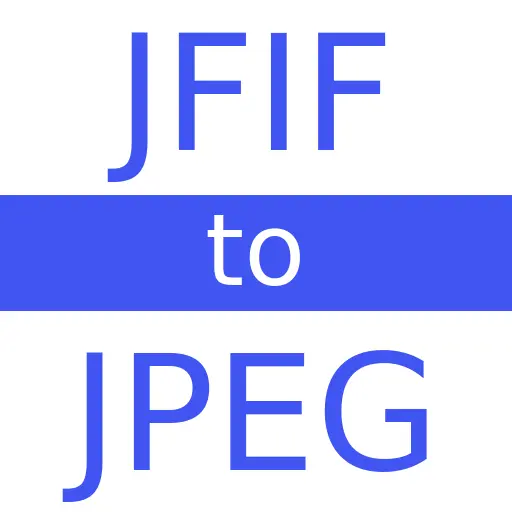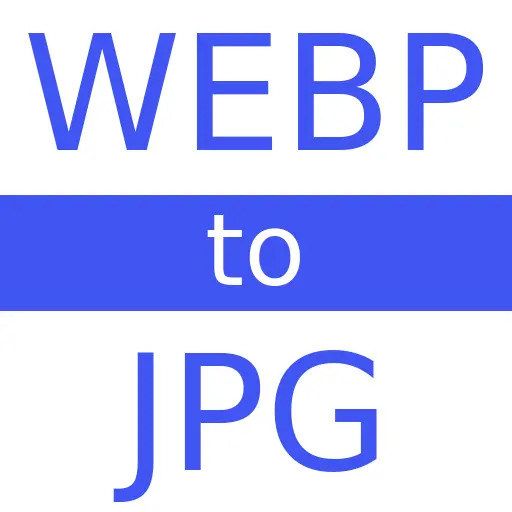DDS to YAML
Convert DDS to YAML (Fast & Free)
DDS to YAML Converter Tool - Your Day to Day Companion for High Quality Conversions
Hi there, and welcome to ProConvert! On this page you can easily change DDS to YAML with the help of our free, fast and secured online converter. DDS to YAML Converter Tool can be used with no limits or hidden charges. Don't forget, you can use the forum section below if you have any question for us or, leave us a rating in the ratings section so others can see what performant tools we have in place for free.
(or click to select files)
F.A.Q. / Frequently Asked Questions about DDS to YAML
Curious about how our platform works? ProConvert team got all your questions together and created the following Frequently Asked Questions section. Here you can find useful information about us. Don't see your question here ? Leave a question or a comment in the forum section and our team will help you as soon as possible.
File conversions were never that easy before. But good for you! ProConvert is here and gives you support and full access to convert or change DDS to YAML any time, with no limits or charges. Everything is free, created for your needs.
- Select DDS files you want to convert, from your computer or drag and drop it on the page.
- Press the "Convert" button in order to convert DDS to YAML.
- When the conversion is completed, click "Download" on the desired converted YAML file.
Useful information about DDS
| Extension: | DDS |
|---|---|
| Name: | DirectDraw Surface |
| Mime Type: | image/vnd-ms |
| Converter: | DDS Converter |
| Description: | The DirectDraw Surface container file format (uses the filename extension DDS), is a Microsoft format for storing data compressed with the previously proprietary S3 Texture Compression (S3TC) algorithm, which can be decompressed in hardware by GPUs. This makes the format useful for storing graphical textures and cubic environment maps as a data file, both compressed and uncompressed.[2] The file extension for this data format is dds. - Source |

Useful information about YAML
| Extension: | YAML |
|---|---|
| Name: | YAML File Format |
| Mime Type: | application/yaml |
| Converter: | YAML Converter |
| Description: | YAML is a human-readable data-serialization language. It is commonly used for configuration files and in applications where data is being stored or transmitted. YAML targets many of the same communications applications as Extensible Markup Language (XML) but has a minimal syntax which intentionally differs from SGML. It uses both Python-style indentation to indicate nesting, and a more compact format that uses [...] for lists and {...} for maps thus JSON files are valid YAML 1.2. Custom data types are allowed, but YAML natively encodes scalars (such as strings, integers, and floats), lists, and associative arrays (also known as maps, dictionaries or hashes). These data types are based on the Perl programming language, though all commonly used high-level programming languages share very similar concepts.[3][4][5] The colon-centered syntax, used for expressing key-value pairs, is inspired by electronic mail headers as defined in RFC 822, and the document separator --- is borrowed from MIME (RFC 2046). Escape sequences are reused from C, and whitespace wrapping for multi-line strings is inspired by HTML. Lists and hashes can contain nested lists and hashes, forming a tree structure; arbitrary graphs can be represented using YAML aliases (similar to XML in SOAP). YAML is intended to be read and written in streams, a feature inspired by SAX. - Source |
In High Demand Converters / See What Others Convert
As you might know already, we have over 2600 converter tools like DDS to YAML on our platform. All of them are free to use and provides high quality computing for your needs. However, these are the most used converters on ProConvert at the moment.
Forum / Questions and Answers / Everything about DDS to YAML
You got it right! Here you can ask anything about DDS to YAML Converter Tool or any other information regarding our services. You can of course recommend us what to create further or improve as a feedback. We are eager to answer all your questions.
* The question will appear on this page once answered by one of ProConvert Team members.
There are no comments posted at the moment.


